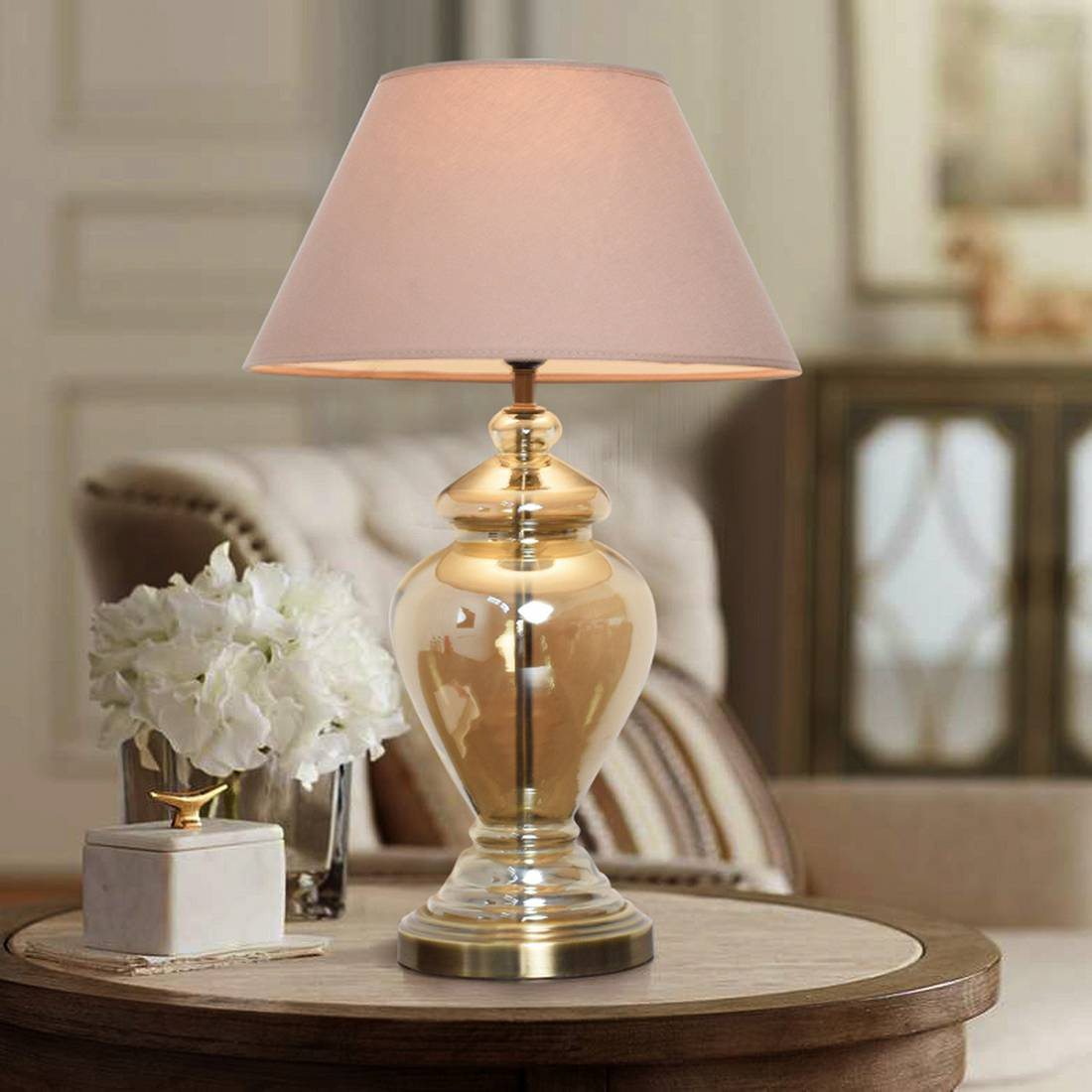The Importance and Evolution of Lighting
Lighting has always been a fundamental part of human existence. From the earliest civilizations to the present day, its purpose has primarily been to illuminate and guide us through the darkness of night. Over the centuries, various lighting sources have been used, including fire, candles, oil lamps, gas lamps, and finally electricity.
The 1930’s marked a significant turning point in lighting technology, as the innovation of the incandescent light bulb had been fully established for decades, and people were finally able to enjoy reliable and durable lighting. During this time, lighting became more than a mere source of illumination; it began to play a much more significant role in setting the mood of various spaces, enhancing ambiance, and creating a specific ambiance.
The Design of 1930’s Lighting
The lighting styles of the 1930’s were a perfect reflection of the Art Deco movement, which emphasized geometric shapes, bold colors, and modernistic designs. The use of glass, chrome, and other metals was widespread, and the shapes of the lighting fixtures were often asymmetrical and eye-catching, making them distinctive and elegant.
1930’s lighting, particularly in its use of frosted glass, created a soft and gentle hue that felt warm and inviting. The light from these lamps was often diffused, which created a calming and comfortable atmosphere. Many of these fixtures were crafted by skilled artisans, who took pride in their abilities to create functional yet aesthetically pleasing pieces of art.
The Impact of 1930’s Lighting on Society
The impact of 1930’s lighting on society was far-reaching. It influenced the architectural designs of buildings, as architects began to incorporate more lighting fixtures into their designs to showcase modernism and elegance. The use of lighting also became an essential aspect of creating the right mood in retail stores, restaurants, and other public spaces.
During this time, lighting became more accessible thanks to the mass production of fixtures. This allowed more people to enjoy the benefits of better lighting in their homes and workplaces, improving their living conditions and work efficiency. The increased use of light bulbs also enabled people to extend their days and be more productive than ever before.
The Legacy of 1930’s Lighting
The legacy of 1930’s lighting is still evident in our modern-day lighting designs today. Many companies have begun reinterpreting the iconic Art Deco style to suit modern tastes, incorporating energy efficiency as well. As technology continues to evolve, we see a renewed emphasis on the use of lighting to improve people’s lives through the enhanced curation of ambiance.
Overall, the advancements of 1930’s lighting technology have had a remarkable and lasting impact on architecture, design, and society. Through its evolution, lighting has played a vital role in our lives throughout history and will continue to do so as we move towards the future.




